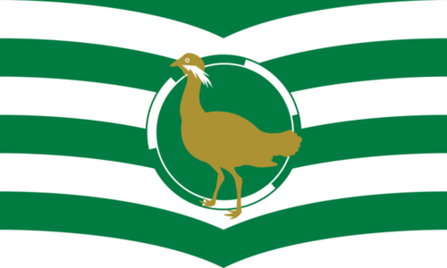During the 19th Century, the Great Bustard was hunted to extinction, but now they are back!
The Great Bustard Group, based on Salisbury Plain, has successfully supported a breeding population of 100 birds and the population is slowly growing.
For over 20 years, the Great Bustard Group has proved that this magnificent bird can thrive in Britain, once again. The group has found safe and ecological ways to import eggs; raise chicks; protect the young and to introduce adult birds back into the wild. Since 2019, all new releases are now solely home-grown bustards.
Reintroducing Great Bustards has none of the drawbacks of other species that are candidates for re-introduction to Britain. Unlike wolves, lynxes, eagle owls or many of the other big raptors, Bustards are not predators, neither are they landscape changers such as the beaver or wild boar.
The Great Bustard is an iconic bird for the county of Wiltshire. It has special status, appearing on the County Coat of Arms and on its crest. The image of the Great Bustard is found throughout the county in settings as diverse as the symbol of the High Sheriff and the badge of the Girl Guides.


